Not all ‘child soldiers’ carry guns, but all need support
Child soldier stereotype often means there is no help for boys and girls who didn’t fight, War Child report says
A cook, a messenger, a porter. For many children in conflict zones involvement with armed groups does not require carrying a gun. However, even though these boys and girls are equally exposed to violence, they often get far less attention and assistance than child combatants.
According to a new report released on Tuesday, June 11, by War Child U.K., a specialist charity for children affected by conflict, many minors involved with armed groups in supporting roles miss out on rehabilitation programs available to those who had to fight.
“Current programs that help ex-child soldiers focus on helping combatants. But many boys and girls in armed groups do not carry weapons and occupy other roles,” the organization said. “It can lead to children being stigmatized or isolated. This can also be the first step for a child becoming a fighter.”
Is your perception of child soldiers a stereotype?????
A Boy❌
Based in Africa❌
Carrying a gun❌
It’s time to #RethinkChildSoldiers ???? https://t.co/FFdrVkxenl pic.twitter.com/a8wLtlZzEs— War Child UK (@WarChildUK) June 11, 2019
Children exposed to violence – whether they are perpetrators, victims or witnesses – suffer from the effects long after their involvement with armed groups ends. They have often experienced or witnessed sexual abuse, beatings, death, and permanent injuries. For many, this repeated exposure to chronic stress results in mental and physical challenges, including post-traumatic stress disorder and severe personality changes, according to a 2010 paper by Elisabeth Schauer and Thomas Elbert.
However, in some cases leaving the armed forces is only the first step on the path to recovery. Often, stigma and discrimination come next. Children who were associated with armed groups are often seen as threats rather than boys and girls in need of help.
“Children may be rejected by their families and communities, denied access to services and even detained for long periods by security forces,” the report said.
Child Soldiers International, a London-based human rights organization, said in February that the number of child soldiers involved in conflicts around the world increased 159% in five years, with almost 30,000 verified recruitment cases since 2012.
As of 2017, seven state armed forces and 56 non-state armed groups were recruiting and using children in conflict, according to the United Nations.
One of the tools developed by @ChildSoldiersIn that we will be maintaining is the Child Soldiers World Index. This interactive map shows countries' OPAC status, minimum enlistment ages, and reports of children used in hostilities. Check it out here: https://t.co/lDUee2FpzW pic.twitter.com/nNKel6XBei
— ChildSoldiers.org (@ChildSoldiers) June 5, 2019
War Child noted, however, that it is difficult to estimate how many children are associated with armed groups globally because of the fluid nature of children’s association, limited access to areas controlled by fighters and the reluctance of children, as well as their families and communities, to openly discuss the situation.
Victims of armed groups are often ashamed of what happened to them and have to deal with despair. They don’t want people to find out about their experiences for a number of reasons, including retribution from people who lost family members to a particular armed group and want to take justice into their own hands.
Girls associated with armed conflict are particularly at risk of being marginalized from reintegration processes. However, there has been a recent increase in programs focused on responding to girls’ needs, according to the report.

While reintegration programs have been in place in for decades, funds and initiatives can be irregular and short-term, while long-term support is lacking. Moreover, out of 55,000 children freed since 2013, only 70% have received any kind of support.
“There is limited knowledge about what works in each location, as well as how many children return to armed groups, and how long they engage in programming for,” the report said.
“There are also key evidence gaps in relation to gender, family-strengthening and emergent perceptions of children as security threats in the context of ‘countering violent extremism.'”
War Child said tackling the global use of children in armed groups requires a dramatic overhaul of funding and responses and urged policy-makers and donors to ensure sustainable reintegration. It also advised governments and U.N. agencies to include children in peace-building dialogues and processes.
Freed Central African child soldiers could end up returning to the battlefield

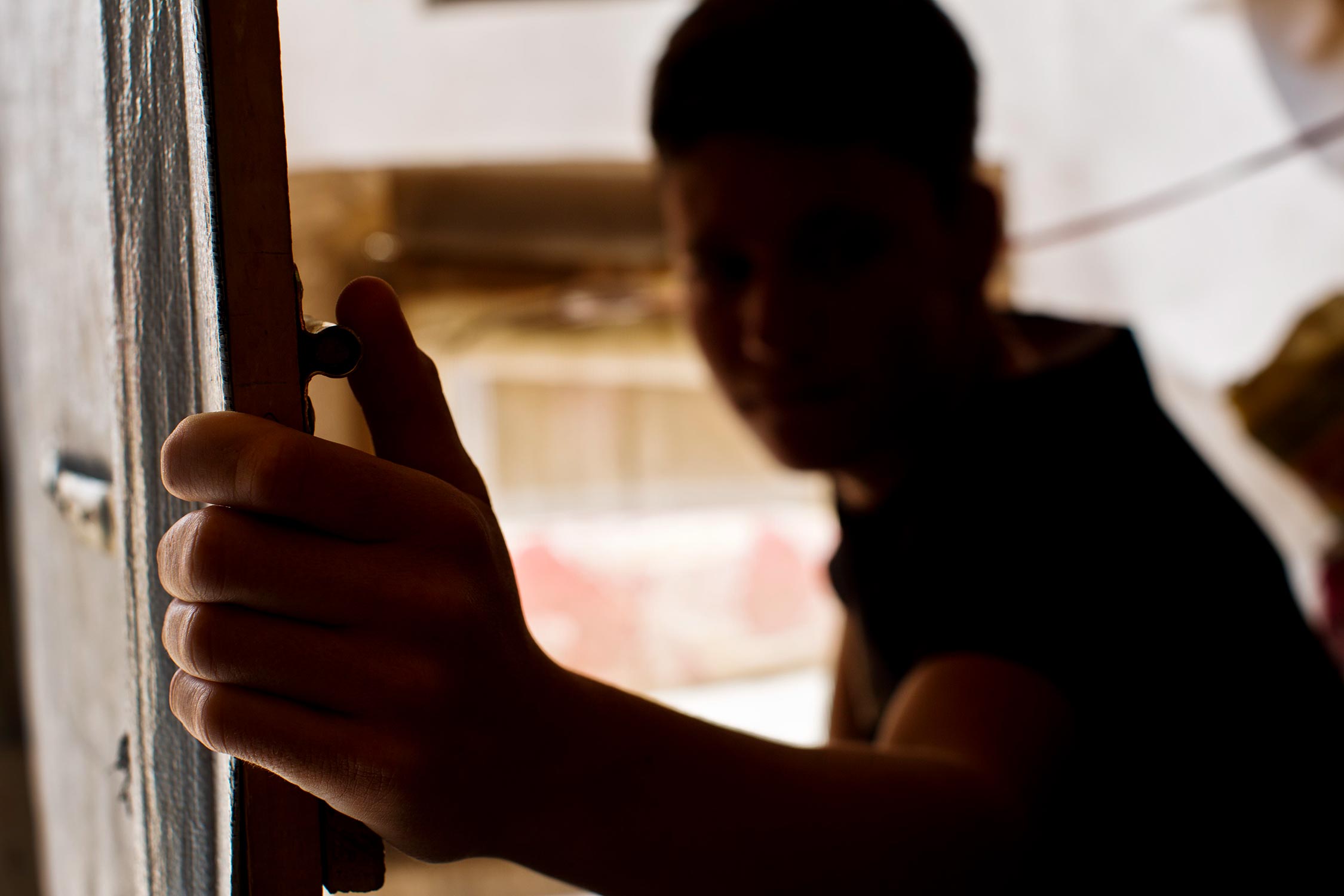
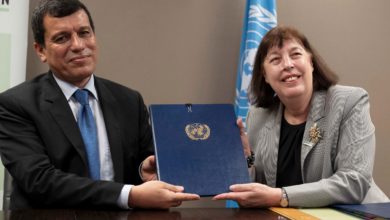
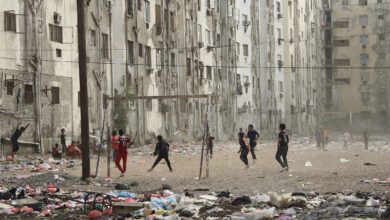
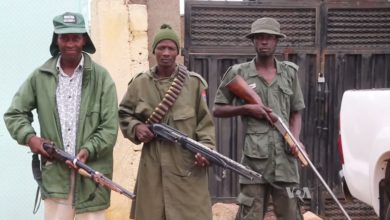
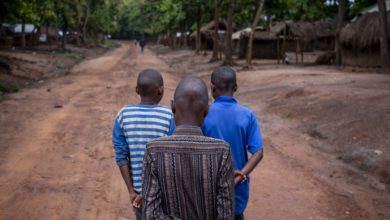
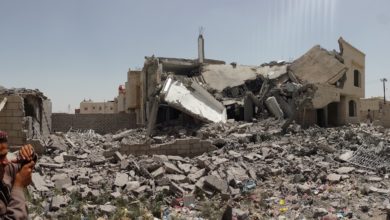
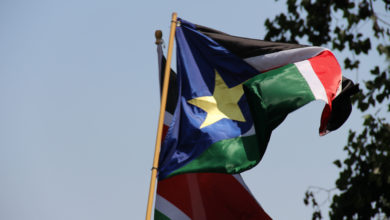
One Comment